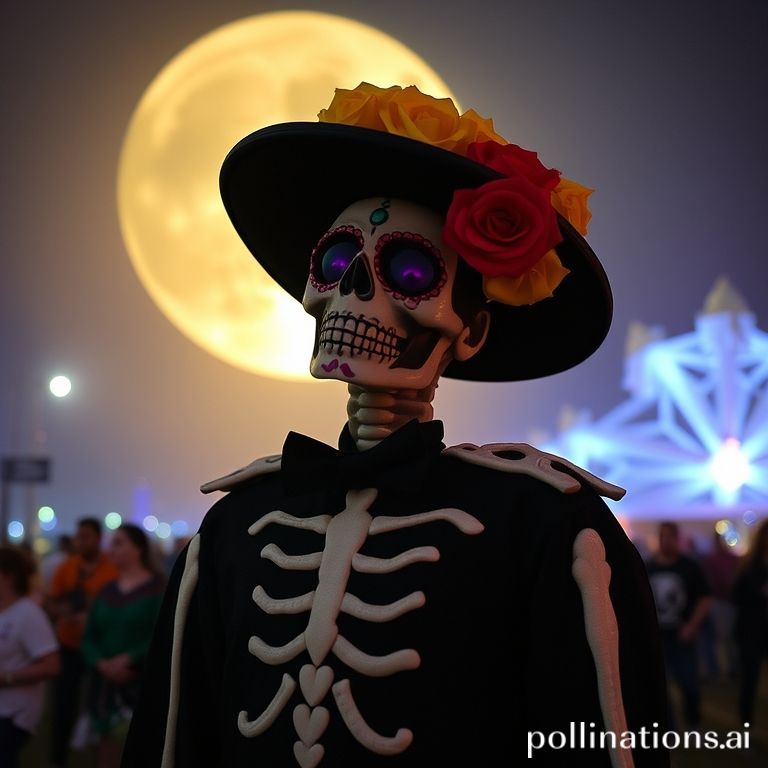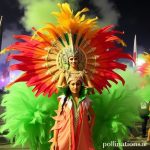The Day of the Dead, or Día de Muertos, is a vibrant and deeply meaningful Mexican holiday. It’s a time when families honor and remember their deceased loved ones, creating beautiful altars, sharing stories, and celebrating life. As a photographer, capturing the essence of this cultural celebration is a unique opportunity. Whether you’re a seasoned professional or an enthusiastic amateur, understanding the spirit of Día de Muertos will help you create stunning and respectful images.
Beyond the technical aspects of photography, capturing the soul of Day of the Dead requires sensitivity and an appreciation for its cultural significance. It’s about documenting the traditions, emotions, and artistry that make this holiday so special. This guide will provide tips and insights to help you capture the perfect Day of the Dead photo.
Understanding the Spirit of Día de Muertos
Before you even pick up your camera, take the time to learn about the Day of the Dead. It’s not a morbid or somber occasion; it’s a celebration of life and remembrance. Understanding the symbolism behind the altars (ofrendas), the sugar skulls (calaveras), the marigolds (cempasúchil), and the traditional foods will inform your photography and help you tell a more compelling story. Respect is paramount. Always ask for permission before photographing people or their altars.
Essential Photography Tips
Now, let’s delve into some practical photography tips to help you capture the beauty of Día de Muertos:
Gear Up Appropriately
- Camera and Lenses: A versatile camera with a good low-light performance is essential. A wide-angle lens (e.g., 24-70mm) is great for capturing the overall atmosphere of the celebrations, while a telephoto lens (e.g., 70-200mm) allows you to capture portraits and details from a distance. A prime lens with a wide aperture (e.g., 50mm f/1.8) is excellent for low-light situations and creating a shallow depth of field.
- Tripod: A tripod is invaluable for capturing sharp images in low-light conditions, especially during evening processions and altar viewings.
- External Flash: Use an external flash sparingly and consider using a diffuser to soften the light and avoid harsh shadows. Natural light is always preferable, but a flash can be helpful in certain situations.
Mastering Low-Light Photography
Many Day of the Dead celebrations take place in the evening or indoors with limited lighting. Here’s how to tackle low-light photography:
- Increase ISO: Don’t be afraid to increase your camera’s ISO to capture more light. However, be mindful of noise levels and try to keep the ISO as low as possible while still achieving a usable shutter speed.
- Use a Wide Aperture: Select lenses with wide apertures (low f-number) such as f/1.8 or f/2.8 to allow more light to enter the camera.
- Slow Shutter Speed: Use a slower shutter speed, but be aware of potential motion blur. A tripod is essential for slow shutter speeds.
- Shoot in RAW: Shooting in RAW format gives you more flexibility in post-processing to adjust exposure, white balance, and reduce noise.
Composition and Storytelling
The best Day of the Dead photos tell a story. Think about how you can use composition and framing to convey the emotions and traditions of the holiday:
- Capture the Details: Focus on the intricate details of the altars, such as the sugar skulls, flowers, candles, and personal offerings. These details add depth and meaning to your photos.
- Photograph People: Capture portraits of people dressed in traditional Día de Muertos attire, such as Catrinas and Catrines. Ask for permission and be respectful of their traditions.
- Use Natural Light: Whenever possible, use natural light to your advantage. Soft, diffused light can create beautiful and evocative images.
- Frame Your Shots: Use elements in the environment to frame your shots and create a sense of depth. For example, you could frame an altar with an archway or use flowers in the foreground to draw the viewer’s eye.
Respect and Sensitivity
Remember that Día de Muertos is a deeply personal and spiritual holiday for many people. Always be respectful and sensitive to the traditions and customs. Here are some guidelines:
- Ask for Permission: Always ask for permission before photographing people or their altars.
- Be Mindful of Your Presence: Avoid being intrusive or disruptive during ceremonies or processions.
- Dress Appropriately: Dress respectfully and avoid wearing anything that could be considered offensive.
- Learn Some Basic Spanish: Knowing a few basic Spanish phrases will help you communicate with people and show your respect for the culture.
Conclusion
Capturing the perfect Day of the Dead photo is more than just taking a picture; it’s about immersing yourself in the culture, understanding the traditions, and showing respect for the people who celebrate this beautiful holiday. By following these tips and approaching your photography with sensitivity and appreciation, you can create stunning images that capture the magic and spirit of Día de Muertos.
If you enjoyed this article and want to learn more about Mexican culture, be sure to check out our other posts on Life in Mexico!
IMAGE: A vibrant and colorful Day of the Dead altar in Oaxaca, Mexico. The altar is adorned with marigold flowers, sugar skulls, candles, and traditional foods. In the soft, warm glow of candlelight, a family gathers around the altar, sharing stories and memories of their loved ones. The scene is filled with a sense of love, remembrance, and celebration. The style is documentary photography with a focus on capturing the emotions and traditions of the holiday.


